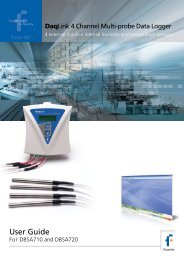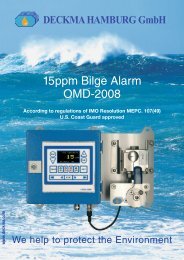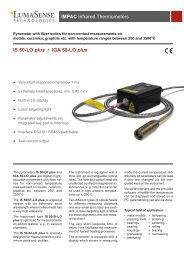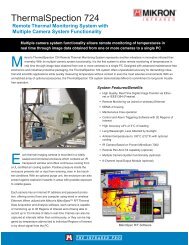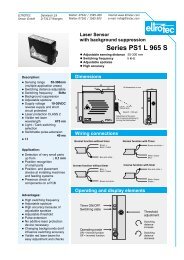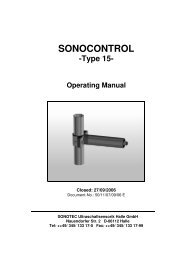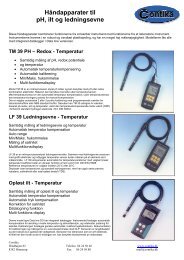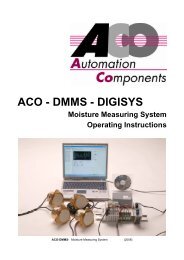MEPC 49/22/Add.2 ANNEX 13 RESOLUTION MEPC.107(49 ... - Bimco
MEPC 49/22/Add.2 ANNEX 13 RESOLUTION MEPC.107(49 ... - Bimco
MEPC 49/22/Add.2 ANNEX 13 RESOLUTION MEPC.107(49 ... - Bimco
- No tags were found...
You also want an ePaper? Increase the reach of your titles
YUMPU automatically turns print PDFs into web optimized ePapers that Google loves.
<strong>MEPC</strong> <strong>49</strong>/<strong>22</strong>/<strong>Add.2</strong><strong>ANNEX</strong> <strong>13</strong>Page 161.2.7 In the case of the 15 ppm Bilge Separator depending essentially on gravity, the feed to thesystem of the test water and Test Fluid mixture should be maintained at a temperature notgreater than 40 o C, and heating and cooling coils should be provided where necessary. The watershall have a density of not more than 1,015 at 20 o C. In other forms of separation where thedependence of separation efficiency on temperature is not established, tests should be carried outover a range of influent temperatures representing the normal shipboard operating range of 10 o Cto 40 o C or should be taken at a temperature in this range where the separation efficiency isknown to be worst.1.2.8 In those cases where, for the 15 ppm Bilge Separator, it is necessary to heat water up to agiven temperature and to supply heat to maintain that temperature, the tests should be carried outat the given temperature.1.2.9 The tests with Test Fluid “A” should be carried out as follows:.1 To ensure that the 15 ppm Bilge Separator commences the test with the oil sectionfull of Test Fluid and with the supply line impregnated with Test Fluid, the15 ppm Bilge Separator should, after filling with water (density at 20 o C not morethan 1,015) and while in the operating condition, be fed with pure Test Fluid fornot less than 5 min..2 The 15 ppm Bilge Separator should be fed with a mixture composed of between5,000 and 10,000ppm of Test Fluid in water until steady conditions have beenestablished. Steady conditions are assumed to be the conditions established afterpumping through the 15 ppm Bilge Separator a quantity of Test Fluid/watermixture not less than twice the volume of the 15 ppm Bilge Separator. The testshould then proceed for 30 min. Samples should be taken at the effluent outlet at10 min and 20 min from the start of this period. At the end of this test, an air cockshould be opened on the suction side of the pump and, if necessary, the oil andwater valves should be slowly closed together, and a sample taken at the effluentdischarge as the flow ceases (this point can be checked from the observationwindow)..3 A test identical to that described in 1.2.9.2, including the opening of the air cock,should be carried out with a mixture composed of approximately 25% * Test Fluidand 75% * water..4 The 15 ppm Bilge Separator should be fed with 100% * of Test Fluid for at least5 min during which time the observation window should be checked for any oildischarge. Sufficient Test Fluid should be fed into the 15 ppm Bilge Separator tooperate the automatic oil discharge valve. After the operation of the oil dischargevalve, the test should be continued for 5 min using a 100% * Test Fluid supply inorder to check the sufficiency of the oil discharge system..5 The 15 ppm Bilge Separator should be fed with water (density at 20 o C not morethan 1,015) for 15 min. Samples of the separated water effluent are taken at thebeginning of the test and after the first 10 min..6 A test lasting a minimum of 2 h should be carried out to check that the 15 ppmBilge Separator will operate continuously and automatically. This trial should usea cycle varying progressively from water to oily mixture with approximately 25% **Percentage of volume.I:\<strong>MEPC</strong>\<strong>49</strong>\<strong>22</strong>-ADD.2.DOC



